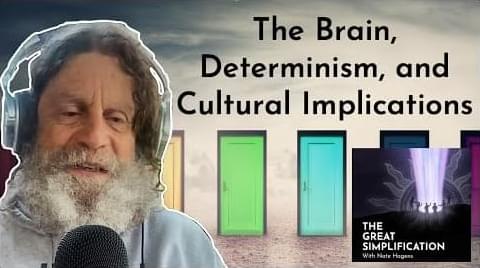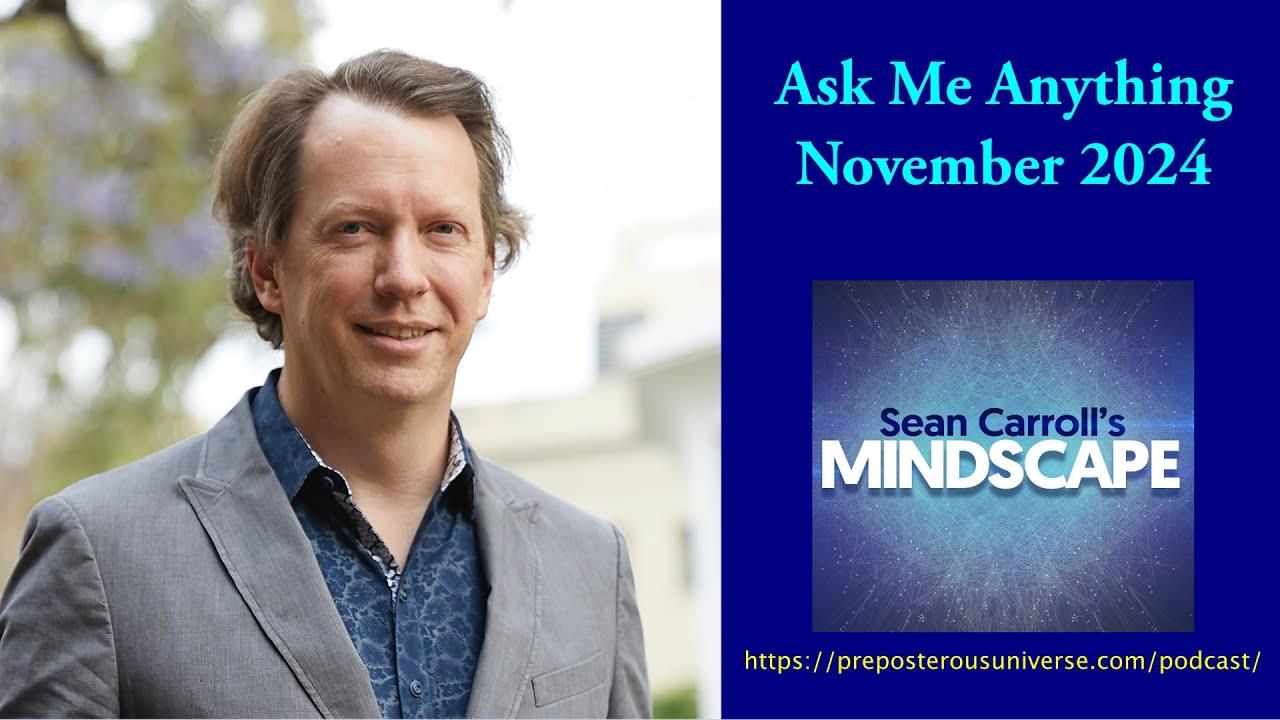Nov 4, 2024
AI That Can Invent AI Is Coming. Buckle Up
Posted by Genevieve Klien in category: robotics/AI
This line of research is quickly moving from science fiction to reality—though few people have yet noticed.
This line of research is quickly moving from science fiction to reality—though few people have yet noticed.
WASHINGTON — The Australian Department of Defence announced the cancellation of its JP9102 military satellite program, an estimated $5 billion project awarded to Lockheed Martin just 18 months ago, citing shifts in satellite technology and the market’s pivot toward multi-orbit space communications.
The cancellation of Australia’s JP9102 satellite program is yet another sign of the disruptive impact that low Earth orbit space internet services, led by the rapid growth of SpaceX’s Starlink, are having on the traditional satellite communications industry and government procurement models.
JP9102, or Defence Joint Project 9,102, was launched in 2021 with plans to develop between three to five geostationary satellites and ground systems, marking one of Australia’s most ambitious space infrastructure ventures.
MIT’s new tiny wearables wrap around neurons to monitor or heal, opening new treatments for brain diseases like multiple sclerosis.
A study led by Umeå University, Sweden, presents new insights into how stem cells develop and transition into specialized cells. The discovery can provide increased understanding of how cells divide and grow uncontrollably so that cancer develops.
“The discovery opens a new track for future research into developing new and more effective treatments for certain cancers,” says Francesca Aguilo, associate professor at the Department of Molecular Biology at Umeå University and leader of the study in collaboration with various institutions including the University of Pavia, University of Texas Health Science Center at Houston, Universidad de Extremadura, and others.
All cells in the body arise from a single fertilized egg. From this single origin, various specialized cells with widely differing tasks evolve through a process called cellular differentiation. Although all cells share the same origin and share the same genetic information, specialized cells use the information in different ways to perform different functions. This process is regulated by genetic and epigenetic mechanisms.
OpenAI is set to release the full o1 reasoning model sometime this year, but an unexpected leak last week means we may have already seen it in action — and it is even better than we expected.

On this episode, neuroscientist and author Robert Sapolsky joins Nate to discuss the structure of the human brain and its implication on behavior and our ability to change. Dr. Sapolsky also unpacks how the innate quality of a biological organism shaped by evolution and the surrounding environment — meaning all animals, including humans — leads him to believe that there is no such thing as free will, at least how we think about it today. How do our past and present hormone levels, hunger, stress, and more affect the way we make decisions? What implications does this have in a future headed towards lower energy and resource availability? How can our species manage the mismatch of our evolutionary biology with our modern day challenges — and navigate through a ‘determined’ future?
About Robert Sapolsky:

In a world where choices seem endless, could it be that our ‘free will’ is nothing more than an illusion?
When it comes to things like choosing a morning run over an extra hour of sleep, opting for an apple instead of that enticing pint of ice cream, or quitting your job on a whim…

Patreon: https://www.patreon.com/seanmcarrollBlog post with audio player, show notes, and transcript: https://www.preposterousuniverse.com/podcast/2024/11/04…
Physicists at Rice University and their collaborators have made a discovery that sheds new light on magnetism and electronic interactions in advanced materials, with the potential to transform technologies like quantum computing and high-temperature superconductors.
Led by Zheng Ren and Ming Yi, the research team’s study on iron-tin (FeSn) thin films reshapes scientific understanding of kagome magnets — materials named after an ancient basket-weaving pattern and structured in a unique, latticelike design that can create unusual magnetic and electronic behaviors due to the quantum destructive interference of the electronic wave function.
The findings, published in Nature Communications, reveal that FeSn’s magnetic properties arise from localized electrons, not the mobile electrons scientists previously thought. This discovery challenges existing theories about magnetism in kagome metals in which itinerant electrons were assumed to drive magnetic behavior. By providing a new perspective on magnetism, the research team’s work could guide the development of materials with tailored properties for advanced tech applications such as quantum computing and superconductors.
Scientists in China have managed to revive brain activity in pigs nearly an hour after circulation ceased, thanks to the surprising involvement of the liver.
If translatable to humans, this finding could have significant implications for extending the critical window in which doctors can resuscitate patients following sudden cardiac arrest.
The research team, led by Dr. Xiaoshun He at Sun Yat-Sen University, experimented with the brains of 17 Tibetan minipigs to investigate how the liver might influence brain recovery.
